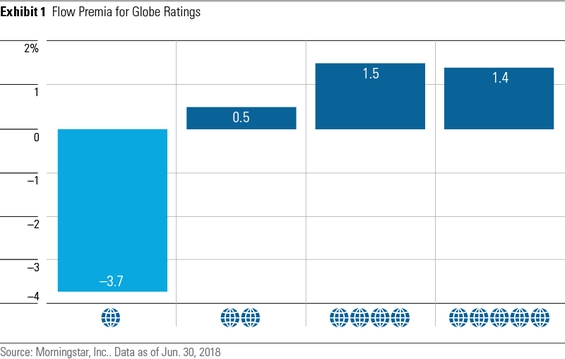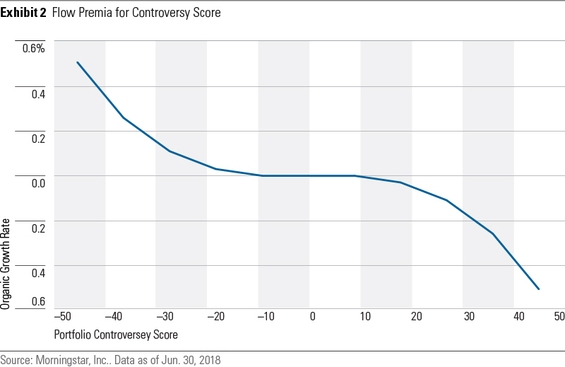What sustainability information do investors pay attention to the most?
That’s the question Morningstar’s quantitative research team recently examined in its second edition of the Quantitative Analytics Quarterly, a new publication that showcases their work on a regular basis.
Right now, an estimated $8 trillion of assets are invested sustainably in the United States. That figure is poised to grow as more investors demand sustainable considerations for their portfolio.
To look at how sustainability information drives investor decisions, we used data from 2016 to 2018 and a similar methodology as the first edition of our quarterly report to focus on fund flows through the lens of environmental, social, and governance (ESG) factors and to capture investor preferences.
We reviewed some basic fund characteristics including performance, assets under management, and fees while also adding some of Morningstar’s ESG investing datapoints. The scope of the funds examined is U.S. open-end mutual funds, including exchange-traded funds in the equity asset class.
Here are some of our findings:
Investors focus on excluding funds with poor Morningstar Sustainability Ratings

The chart above shows the relationship between fund flows and the Morningstar Sustainability Rating™. The Sustainability Rating is depicted by globe icons, where High equals 5 globes and Low equals 1 globe. The Sustainability Ratings are updated monthly.
If investors rely heavily on the Sustainability Rating or other ESG information when making investing decisions, then we would expect to see an increasing flow rate associated with each globe rating. Importantly, all the globe ratings are positive except for 1-globe funds, which experience a -3.7% lower growth rate. This indicates that investors strongly avoid funds that are rated poorly from a sustainability perspective.
Anecdotally, we see this phenomenon of avoiding low-scoring portfolios playing out in treasurer’s office for the city of Chicago, Morningstar’s hometown. In March, the Chicago treasurer proposed changes to the city’s investment policy to allow for ESG considerations. Through a "comprehensive approach," the city seeks “to maintain a minimum ESG portfolio rating of investment grade or higher." Based on this description, one would expect investors implementing a similar philosophy to sell out of securities falling below the minimum investible floor for sustainability, and into a fund that clears the floor.
We can see this behavior in our data. Investors are moving their money from 1-globe and into 3-, 4-, and 5-globe funds. But this philosophy is not prescriptive between the higher globe ratings.
Investors avoid high Portfolio Controversy scores

The graph above shows the relationship between ESG fund flows and Portfolio Controversy scores. The Portfolio Controversy score measures the portfolio's market weight of the greatest depth of the ESG controversies.
In some ways, the Controversy score reflects the current incidents negatively impacting stakeholders and is the manifestation of the current newsworthy events investors would hear about. For example, Wells Fargo's account scandal or the Equifax data breach are flagged as significant controversies.
Our findings show that investors react more strongly to the extreme ends of the Controversy score than the middle scores. A fund experiences more change in growth rates moving from 100 to 95 or from 5 to 0 on our Controversy score scale, than from 45 to 50. Instead of putting a fixed value on each step toward a less-controversial, and therefore better ESG-rated portfolio, investors more strongly value avoiding a very high Controversy score, which reflects poorly on the fund. This is another example of a relationship where investors are found to be reacting more heavily to negative sustainability information about a fund instead of uniformly across all funds.
For 1-globe rated funds, a higher ESG score attracts fund flows

Among 1-globe rated funds, ESG score is positively correlated with growth rates, as shown in the chart above.
Investors are less likely to sell out of a 1-globe fund if the fund has a high ESG score. To be sure, 1-globe funds on average still do poorly in terms of fund flow growth rates. However, higher ESG-scoring funds lose less in terms of flows than the average 1-globe fund.
This blog post is adapted from research that was originally published in Research Portal in Morningstar Direct™ . If you’re a user, you have access . If not, take a free trial .


